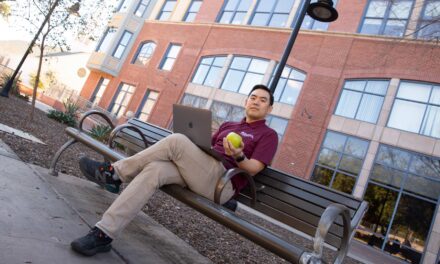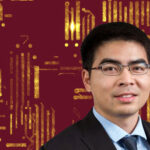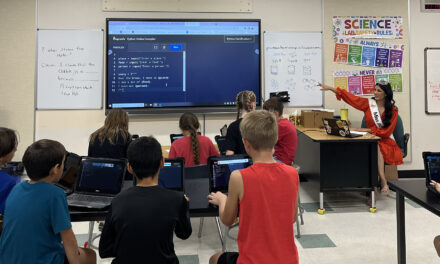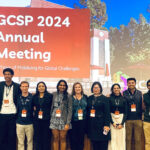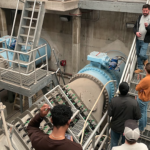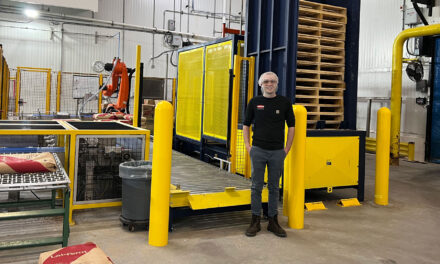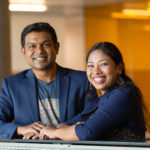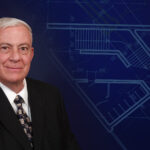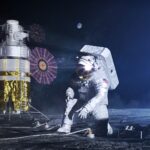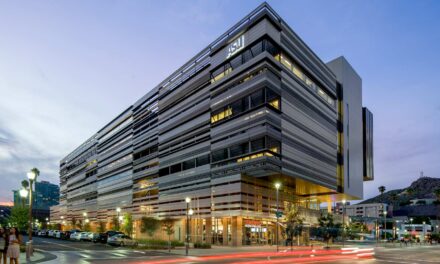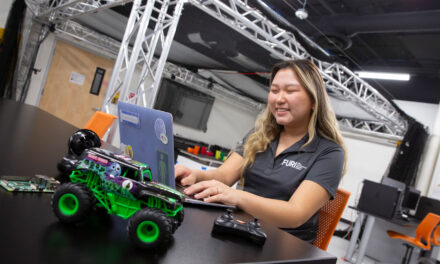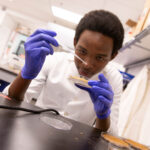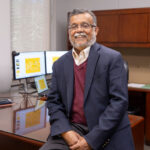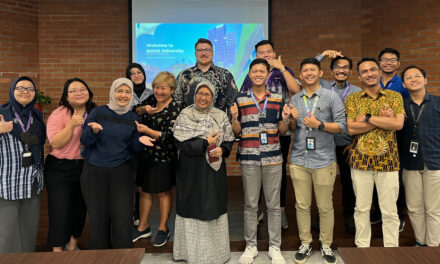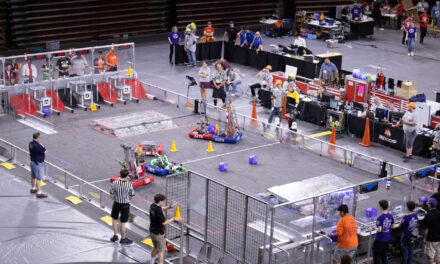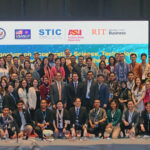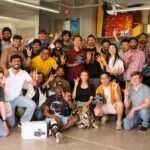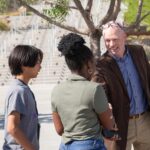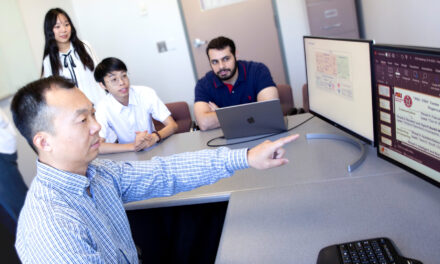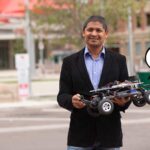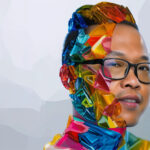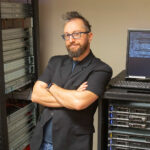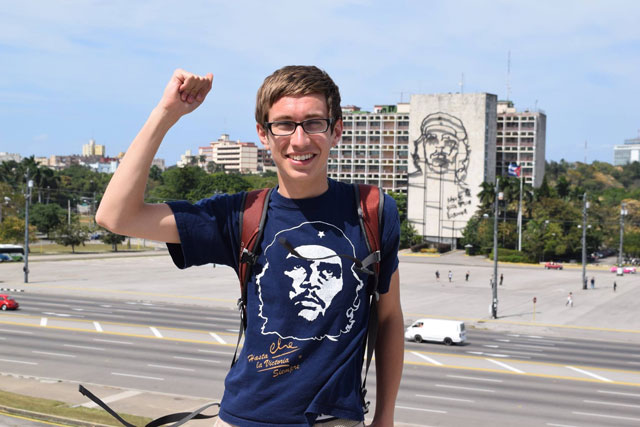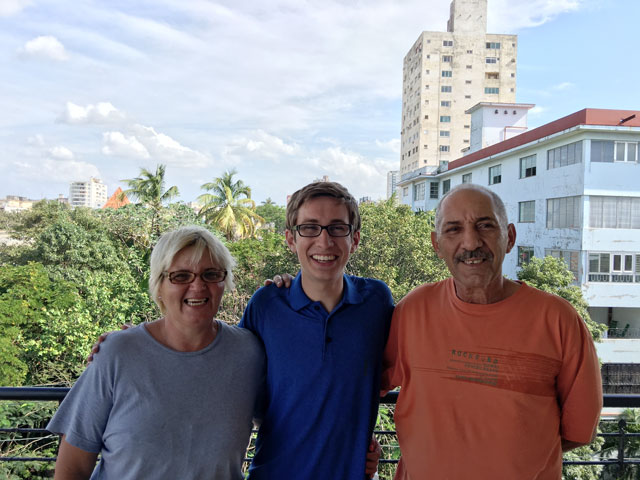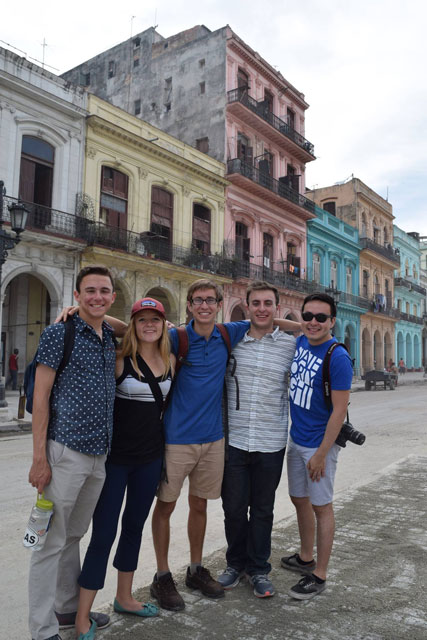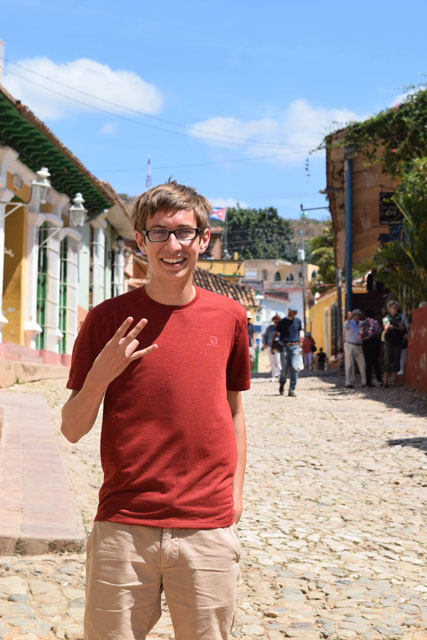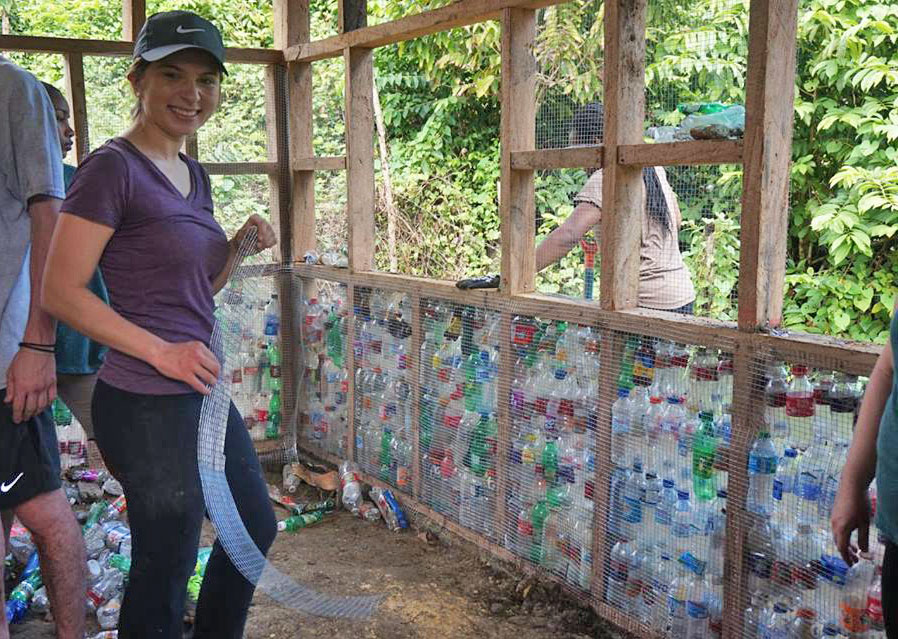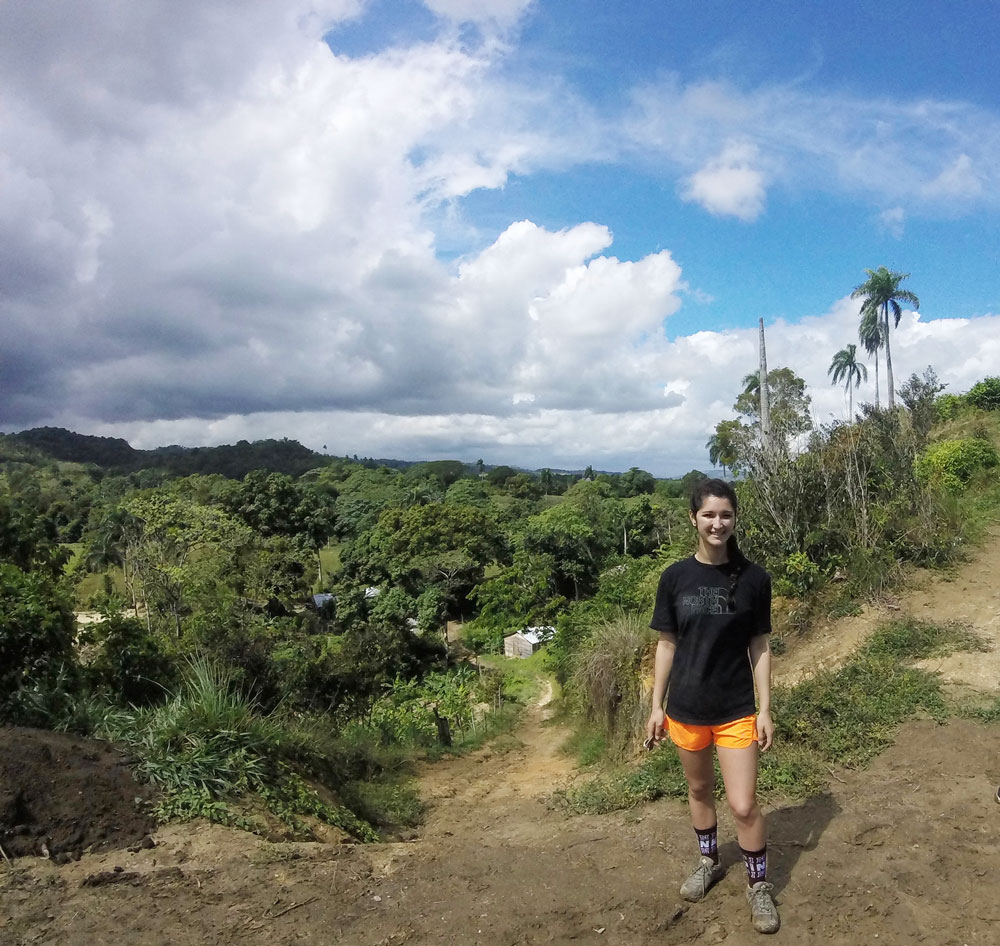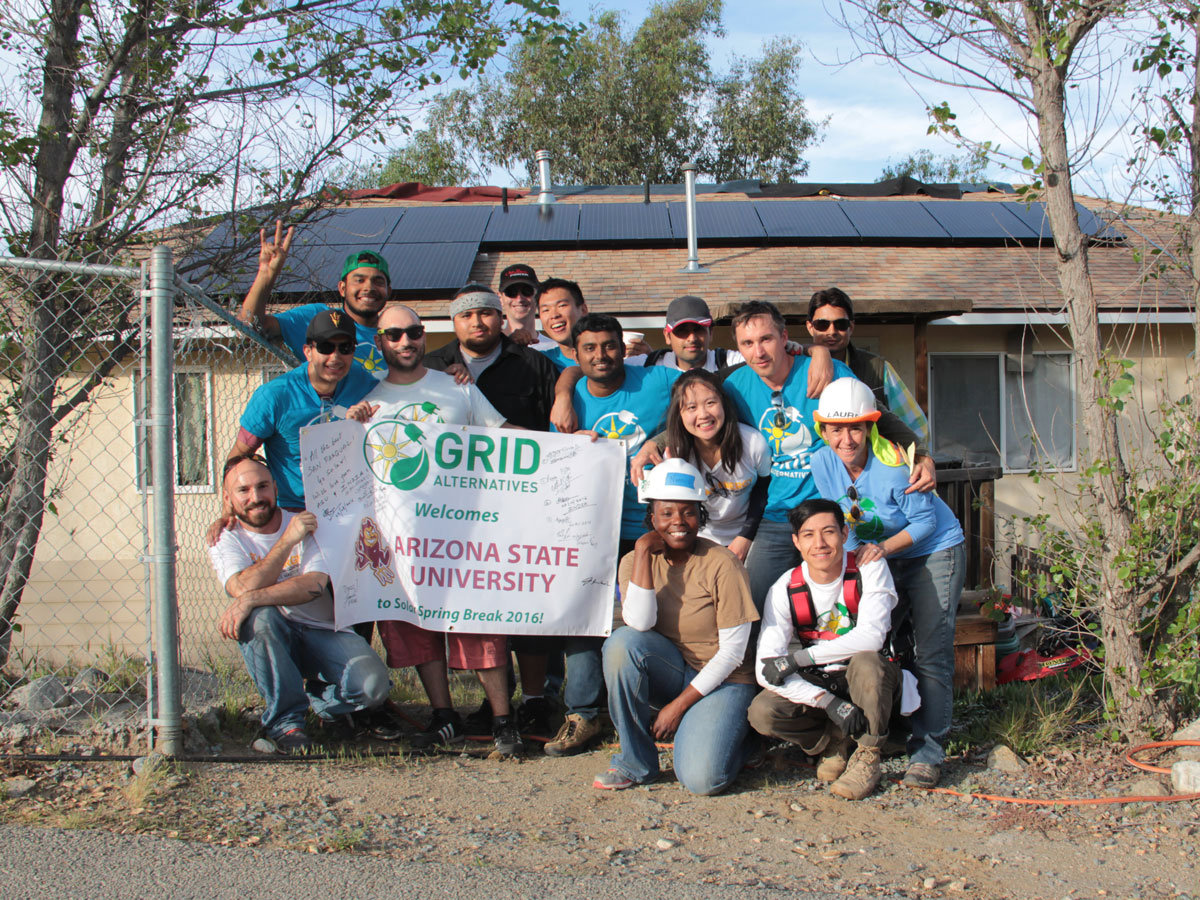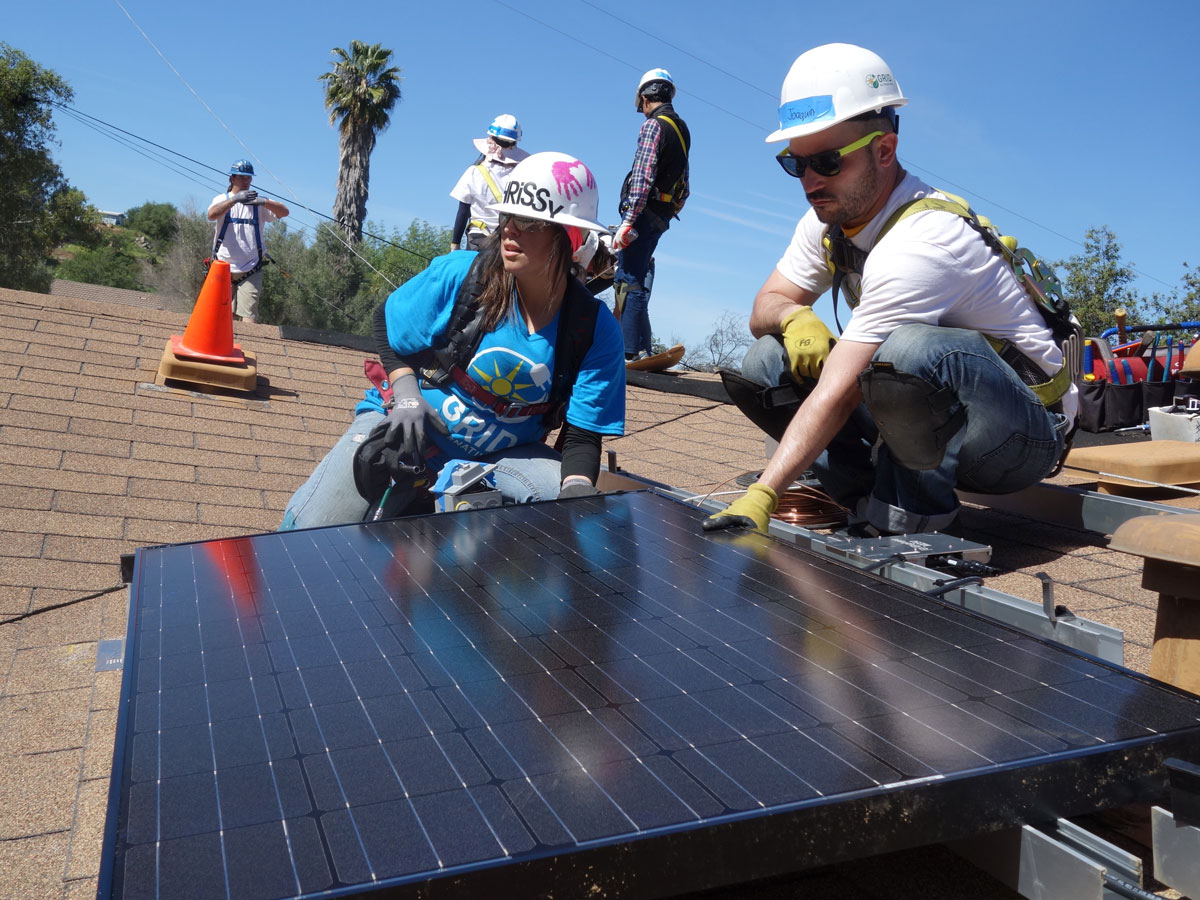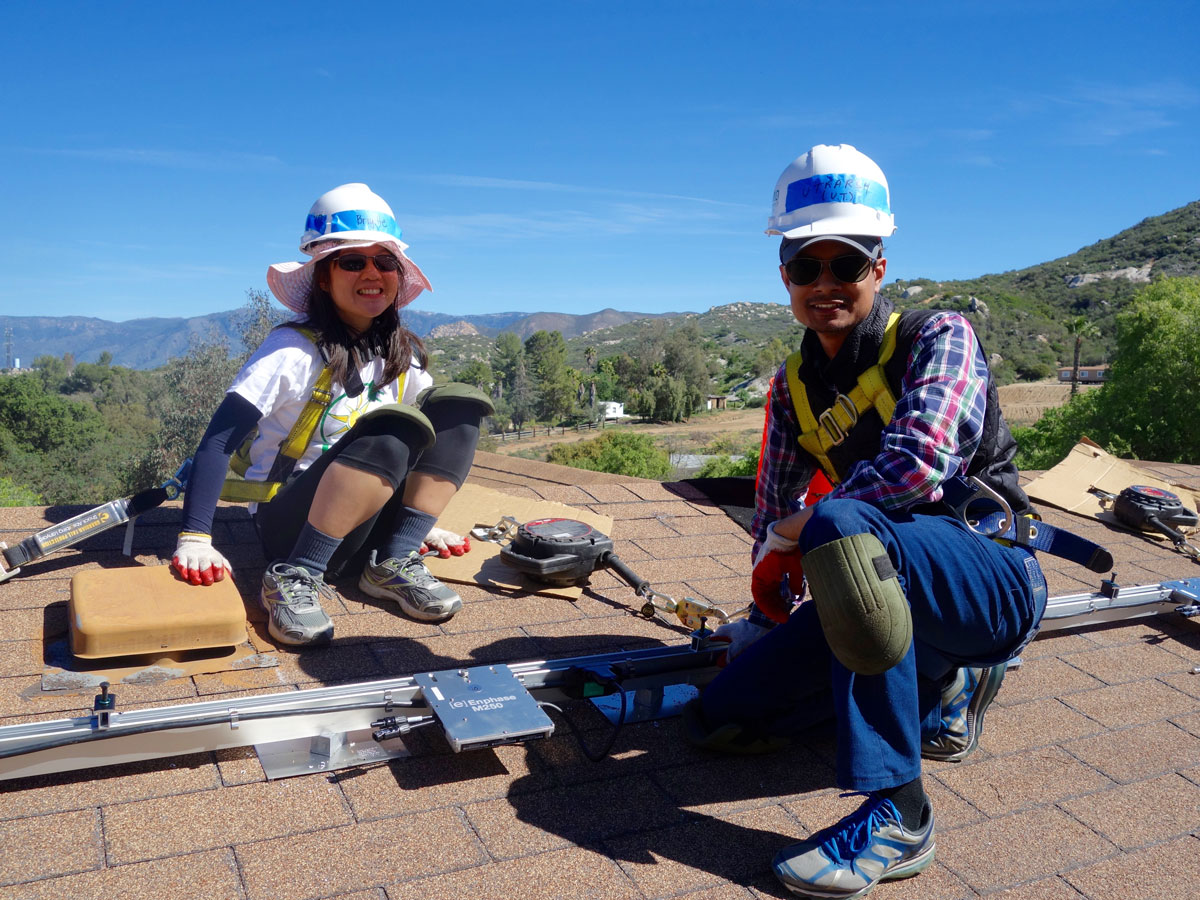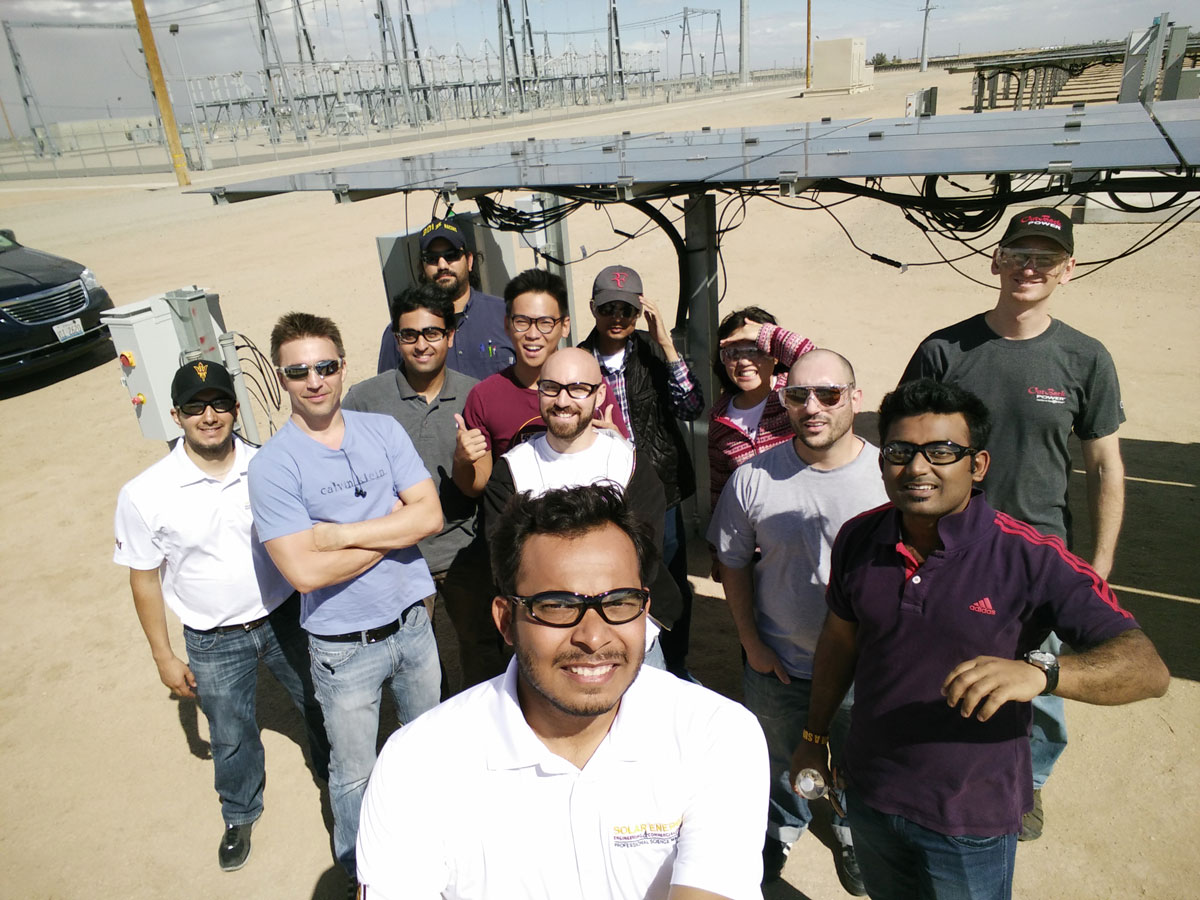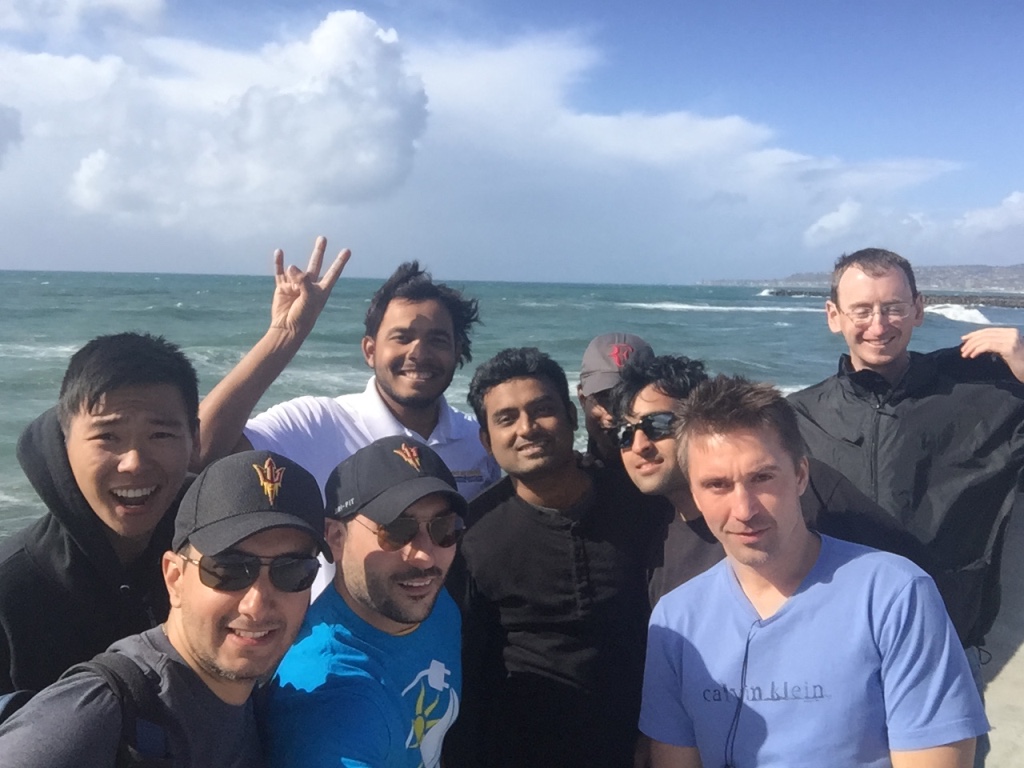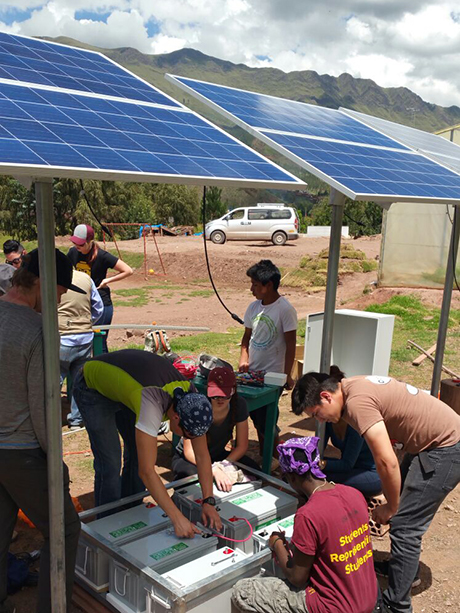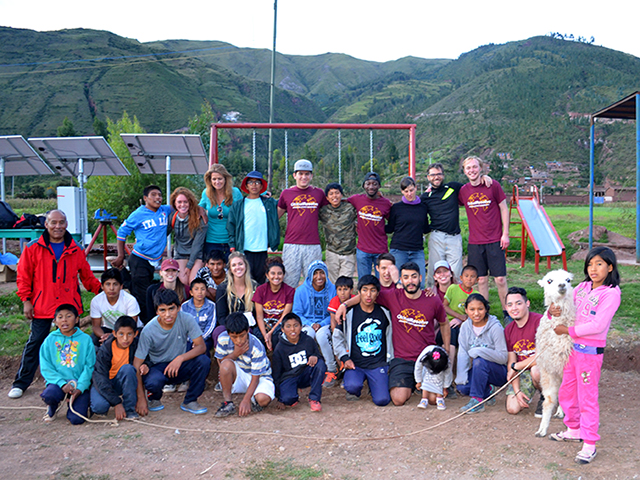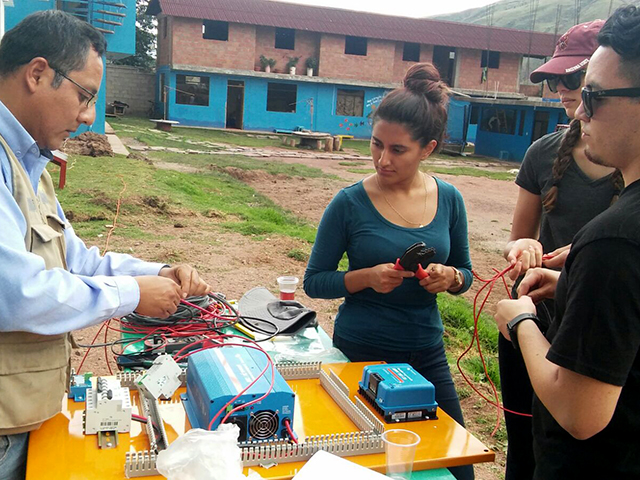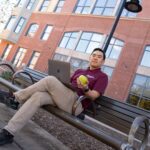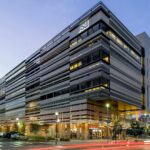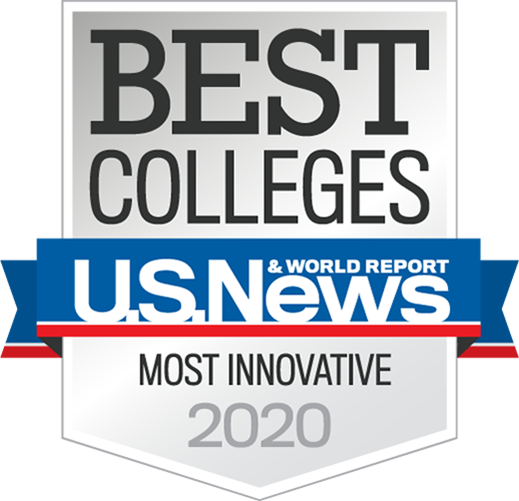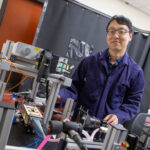
Engineering takeaways and global snapshots from spring break

Fulton Schools students from four different Arizona State University groups recently returned from trips to San Diego, the Dominican Republic, Cuba and Peru over spring break. Like any spring breakers, they had plenty of fun in the sun, but these groups did more than take in the sights of their destinations — each group went to make a difference. Read on to learn about the different experiences and lessons students took away from their journeys.
Eric Arellano, Global Intensive Experience in Cuba
- Eric Arellano explored the Cuban ties to the famous political revolutionary Che Guevara. Photographer: Emily Giel
- Each student on the trip was placed within a Cuban host family in order to see the daily life of a Cuban. The host families not only provided engaging conversation but also incredible food. Eric Arellano said, “I loved above all staying with my host parents. They shed so much light on the Cuban way of life and state of affairs. These conversations were far better than any lecture or textbook.” Pictured are Armando and Ania, the host parents of Eric (whom they affectionately called Ericito). Photographer: Jonathon Barkl
- Eric Arellano said, “Contrary to the perception of communist countries as depressing and grey, Havana was lit with bright color.” Pictured from left to right are Jonathon Barkl, Mia Armstrong, Eric Arellano, Grant Laufer, and Brian Garcia. Photographer: Emily Giel
- Always proud to be a Sun Devil, Eric Arellano throws up the pitchfork in the colonial city of Trinidad. The group visited a nearby sugar refinery and explored the city’s artisanry, including purchasing some of Cuba’s famed cigars. Photographer: Emily Giel
“Cuba just received access to the Internet last year. This was unfathomable to the computer science major within me. Even now, I was surprised to see how limited WiFi and Internet were in the country. While I do recognize this is just another valid way to live, the trip reenergized my faith in technology as a tool for advancing the social good. However, this desire for increased access to technology must be understood in terms of sustainability. It would be wrong for American companies to barge into Cuba imposing our Internet monopolies — rather, we should partner with the Cuban people to gain access to ICTs (information and communication technologies).” – Eric Arellano
Brianna Celaya and Leslie Amaya, Global Intensive Experience in the Dominican Republic
- Leslie Amaya visits a sustainable construction site in Palanco, Dominican Republic where a Peace Corps volunteer is working on building a house that integrates plastic bottles. Photo courtesy of Leslie Amaya
- Brianna Celaya ziplines across a lagoon at Laguna Dudu in the Dominican Republic. Photo courtesy of Brianna Celaya
- Brianna Celaya takes in a view from a mountain tip in Palanco, Dominican Republic. Photo courtesy of Brianna Celaya
- Leslie Amaya (bottom left) and Brianna Celaya (top right) pictured with locals and other study abroad students. The group helped to build a vertical garden at a local school in Las Canas, Dominican Republic. Photo courtesy of Leslie Amaya.
“Cultural exchange can really contribute to the success and sustainability of projects. For awhile I have planned to use my knowledge of engineering to work with non-profits and create sustainable projects, but my visit to the Dominican Republic made me realize how the social aspects of non-profit work are just as important as the technical aspects. Without positive community response and support — projects will fail. As an engineering major, soft skills are something we must learn outside of the classroom and this trip allowed me to see which directions I should develop in to ensure success in my future work with non-profits.” – Brianna Celaya
“This study abroad made me want to use my construction skills in the future to help a large portion of individuals, for example by building sustainable houses or sustainable schools, hopefully in developing countries, at least for a small amount of time. Pursuing a degree sometimes makes us think about the money and the life we will have in the future, but sometimes we are too selfish to even realize that we could use our skills to help in places where you would be really needed. I also reevaluated the importance of sustainability and how we are consuming our resources day by day.” – Leslie Amaya
Professional Science Master’s in Solar Energy Engineering and Commercialization Graduate Students in San Diego, California
- Professional Science Master’s (PSM) Solar Energy Engineering and Commercialization (SEEC) students installed a solar energy system for a family in the San Pasqual Indian Reservation outside of San Diego. Photo courtesy of Aakash Bhansali.
- A GRID Alternatives supervisor and Joaquin Santecchia, right, from PSM SEEC check the alignment of the solar energy system. Photo courtesy of Aakash Bhansali.
- Brigitte Lim and Utkarsh Gupta begin installing the solar module system on the house’s roof. Photo courtesy of Aakash Bhansali.
- The PSM SEEC students visited the Tenaska First Solar power plant near El Centro, California. Photo courtesy of Aakash Bhansali.
- Students also went to the Ocean Beach, San Diego after the visit to the Solar Farm. Photo courtesy of Aakash Bhansali.
“My favorite part of the trip was getting to know my classmates during work and play, as well as putting my theoretical knowledge to practical use. I built three rooftop solar systems with my teammates. We did it from scratch and by hand, utilizing all the engineering knowledge we have acquired to date. Sleeping in a large open room overlooking a beautiful lake with 10 teammates made it really enjoyable and fun. I was deeply touched by the strong sense of cultural identity and family unity of the Kumeyaay-Ipai people of the San Pasqual Reservation, and the beautiful nature of the site made this trip very memorable.” – Tomasz Jasinski
GlobalResolve Club in Cusco, Peru
- GlobalResolve Club members finalize the off-grid solar panel system by wiring the panels, inverter, charge controller, and batteries together. The system will supply 3 kilowatts a day and save Azul Wasi orphanage an estimated $1,200 a year. Photo courtesy of Damian Gudino.
- Members of GlobalResolve Club and the residents of Azul Wasi orphanage pose for a photo at the conclusion of their trip to Peru. Photo courtesy of Damian Gudino.
- Brittany Blevins, a mechanical engineering student, shows one of the oldest residents at Azul Wasi how an Arduino works. On their trip to Peru, GlobalResolve conducted different STEM activities in hopes of encouraging the children at the orphanage to pursue higher education. Photo courtesy of Damian Gudino.
- A solar panel technician works with GlobalResolve members (left to right) Priscilla Perez, Julia Anderson and Damian Gudino to complete the wiring for the off-grid solar system the team set up for the Azul Wasi orphanage on their trip to Peru. Photo courtesy of Damian Gudino.
“Returning to the orphanage and being recognized by some of the children along with another returning member was my favorite part of the trip. This made me a better engineering student because I was able to implement a project we had been working towards and see how our efforts will directly benefit the orphanage. The kids at Azul Wasi definitely enjoyed the different STEM activities we did and participated in each one. I’m excited to see how we can continue to improve the quality of life at the orphanage next year.” – Damian Gudino


